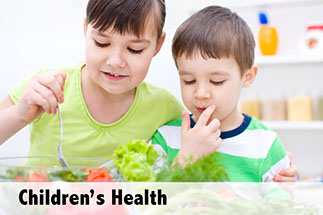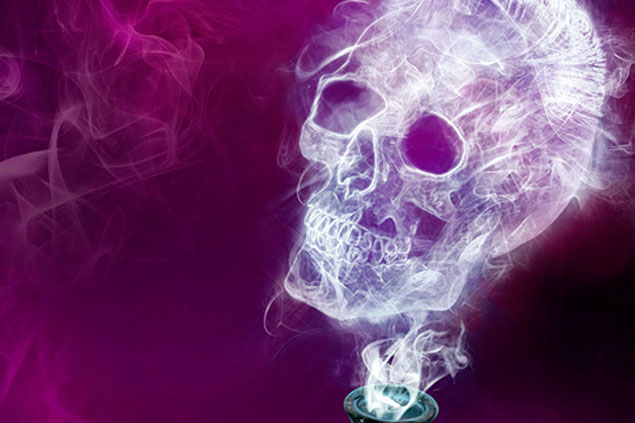CONDITIONS
SYMPTOM CHECKER
Male
Female
Child
Arm, Hand & Shoulder Concerns
Legs & Feet Concerns
Dental & Mouth Concerns
Ear & Nose
Eye Conditions
Head Conditions
Arm, Hand & Shoulder Concerns
Legs & Feet Concerns
Front
Back
Arm, Hand & Shoulder Concerns
Dental & Mouth Concerns
Ear & Nose
Eye Conditions
Head Conditions
Arm, Hand & Shoulder Concerns
Dental & Mouth Concerns
Ear & Nose
Eye Conditions
Head Conditions
Front
Back
Arm, Hand & Shoulder Concerns
Neck Links
Head & Neck Concerns
Arm, Hand & Shoulder Concerns
Neck Links
Head & Neck Concerns
Front
Back
Online Clinic
Wise Healthcare
Poisoning
Print on Demand
RELATED ARTICLES
Poisons are harmful substances that are swallowed, inhaled, or that come in contact with the skin. Each year about 10 million poisonings occur; 80% of them are in children under five years old.
Accidental Poisoning, Act Fast
Signs & Symptoms
Causes
Things Not Meant to Be Swallowed or Inhaled
• Household cleaners, such as bleach, drain cleaners, ammonia, and lye.
• Insecticides. Rat poison.
• Gasoline. Antifreeze. Oil. Lighter fluid. Paint thinner.
• Lead.
• Airplane glue. Formaldehyde.
• Rubbing alcohol. Iodine. Hair dye. Mouthwash. Mothballs.
• Some indoor and outdoor plants.
• Carbon monoxide. This has no color, odor, or taste.
Things That Are Poisonous in Harmful Amounts
Treatment
Treatment depends on the poison and its effects. Information to give the Poison Control Center, emergency department, etc.:
• The name of the substance taken.
• The amount and when it was taken.
• A list of ingredients on the label.
• Age, gender, and weight of the person who took the poison. How the person is feeling and reacting. Any medical problems the person has.
Prevention
• Buy household products, vitamins, and medicines in child-resistant packaging. Keep these and all poisons out of children’s reach.
• Put child-resistant latches on cabinet doors. Follow instructions for use and storage of pesticides, household cleaners, and other poisons.
• Keep products in original containers. Don’t transfer them to soft drink bottles, plastic jugs, etc.
• Teach children not to take medicine and vitamins unless an adult gives it to them. Don’t call these “candy” in front of a child.
• Wear protective clothing, masks, etc., when using chemicals that could cause harm if inhaled or absorbed by the skin.
• Install carbon monoxide detectors in your home and garage.
Questions to Ask
Question 1
Is the person unconscious, having convulsions, or not breathing?
Get medical care without delay. If symptoms are life threatening go to the ER or call 9-1-1. Don’t call 9-1-1 or use the ER if symptoms do not threaten life. Ask your doctor ahead of time where you should go for a problem that needs prompt care, but not emergency care.
Question 2
After being in a closed space with a heater or furnace on, are signs of carbon monoxide poisoning present?
• Lethargy. Confusion. Agitation.
• Sudden shortness of breath.
• Severe headache. Abdominal pain.
• Seizure. Signs of shock.
• Chest pain or irregular heartbeat.
Get medical care without delay. If symptoms are life threatening go to the ER or call 9-1-1. Don’t call 9-1-1 or use the ER if symptoms do not threaten life. Ask your doctor ahead of time where you should go for a problem that needs prompt care, but not emergency care.
Question 3
Do any of these problems occur?
• Pulse rate is 140 or more beats per minute or 40 or fewer beats per minute.
• Shortness of breath. Breathing 10 or fewer breaths per minute. Time lapses of more than 8 seconds between breaths.
• Any change in mental status.
• Hallucinations.
Get medical care without delay. If symptoms are life threatening go to the ER or call 9-1-1. Don’t call 9-1-1 or use the ER if symptoms do not threaten life. Ask your doctor ahead of time where you should go for a problem that needs prompt care, but not emergency care.
{Note: First, call Poison Control Center at 800.222.1222.}
Question 4
Has any substance been swallowed, inhaled, or absorbed by the skin that has “Harmful or fatal if swallowed” or a skull-and-crossbones sign on the label? Or, did the person take a substance that could be poisonous.
Get medical care without delay. If symptoms are life threatening go to the ER or call 9-1-1. Don’t call 9-1-1 or use the ER if symptoms do not threaten life. Ask your doctor ahead of time where you should go for a problem that needs prompt care, but not emergency care.
{Note: First, call Poison Control Center at 800.222.1222.}
Use Self-Care / First Aid:
You can probably take care of the problem yourself if you answered NO to all the questions. Use the “Self-Care” measures that are listed. Call your doctor if you don’t feel better soon, though. You may have some other problem.
Self-Care / First Aid
For Swallowed Poisons
1. If the person is unconscious, shout for help. Call 9-1-1!
2. For a conscious person, call the Poison Control Center (800.222.1222). Follow instructions. Do not give Syrup of Ipecac to induce vomiting unless the Poison Control Center tells you to. {Note: The American Academy of Pediatrics recommends that parents don’t give Syrup of Ipecac to children.}
3. Lay the person on his or her left side to keep the windpipe clear, especially if the person vomited. Keep a sample of the vomit and the poison container.
For Inhaled Poisons
1. Protect yourself. Move the person to fresh air (outdoors if you can). Try not to breathe the fumes yourself.
2. Follow steps 1 and 2 above for Swallowed Poisons. Get medical care.
For Chemical Poisons on Skin
1. Protect yourself. Flood the skin with water for 5 or more minutes. Remove clothing that was in contact with the person.
2. Gently wash the skin with soap and water. Rinse well. Get medical care.
This website is not meant to substitute for expert medical advice or treatment. Follow your doctor’s or health care provider’s advice if it differs from what is given in this guide.
The American Institute for Preventive Medicine (AIPM) is not responsible for the availability or content of external sites, nor does AIPM endorse them. Also, it is the responsibility of the user to examine the copyright and licensing restrictions of external pages and to secure all necessary permission.
The content on this website is proprietary. You may not modify, copy, reproduce, republish, upload, post, transmit, or distribute, in any manner, the material on the website without the written permission of AIPM.
2021 © American Institute for Preventive Medicine - All Rights Reserved. Disclaimer | www.HealthyLife.com

















































